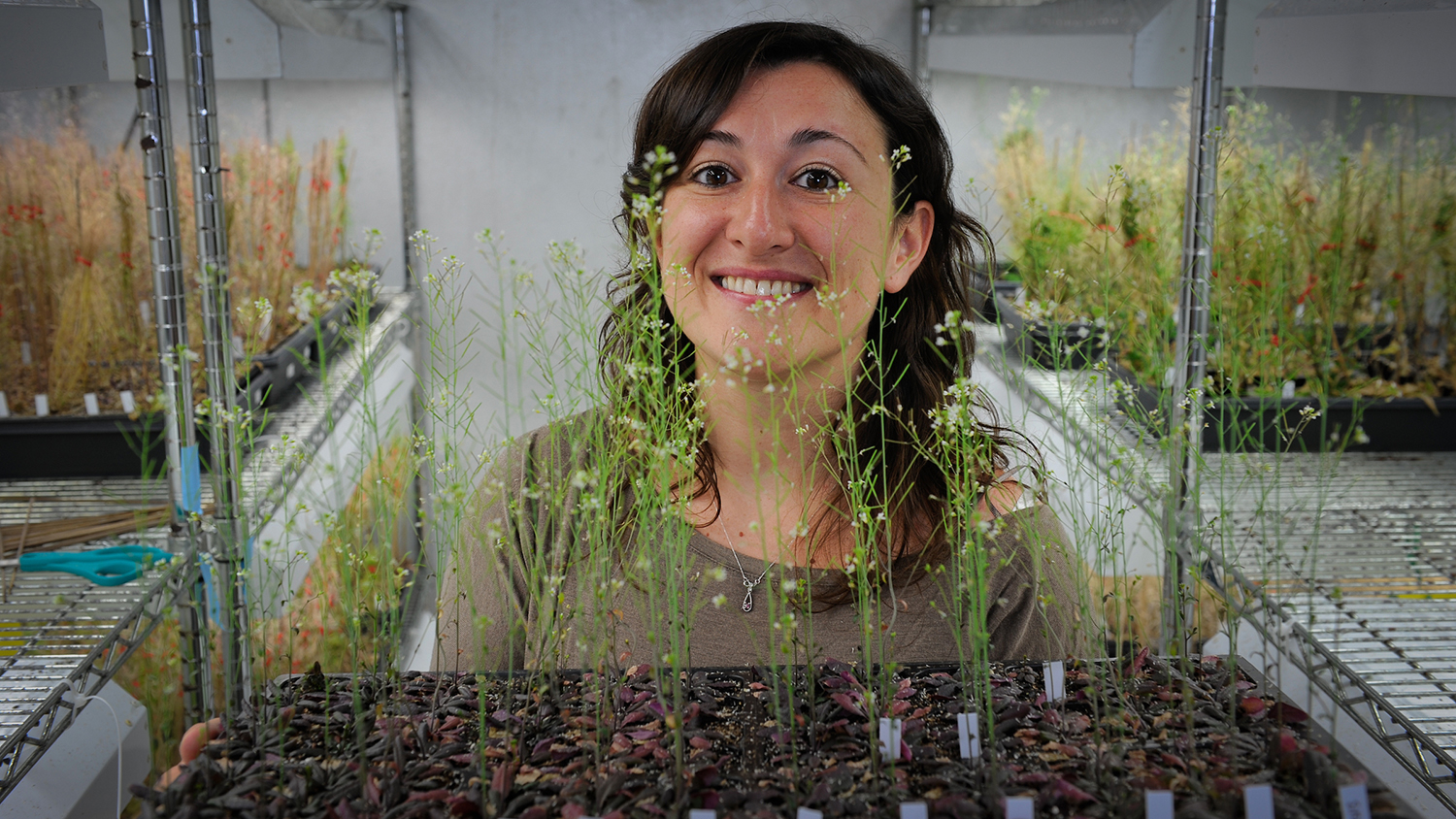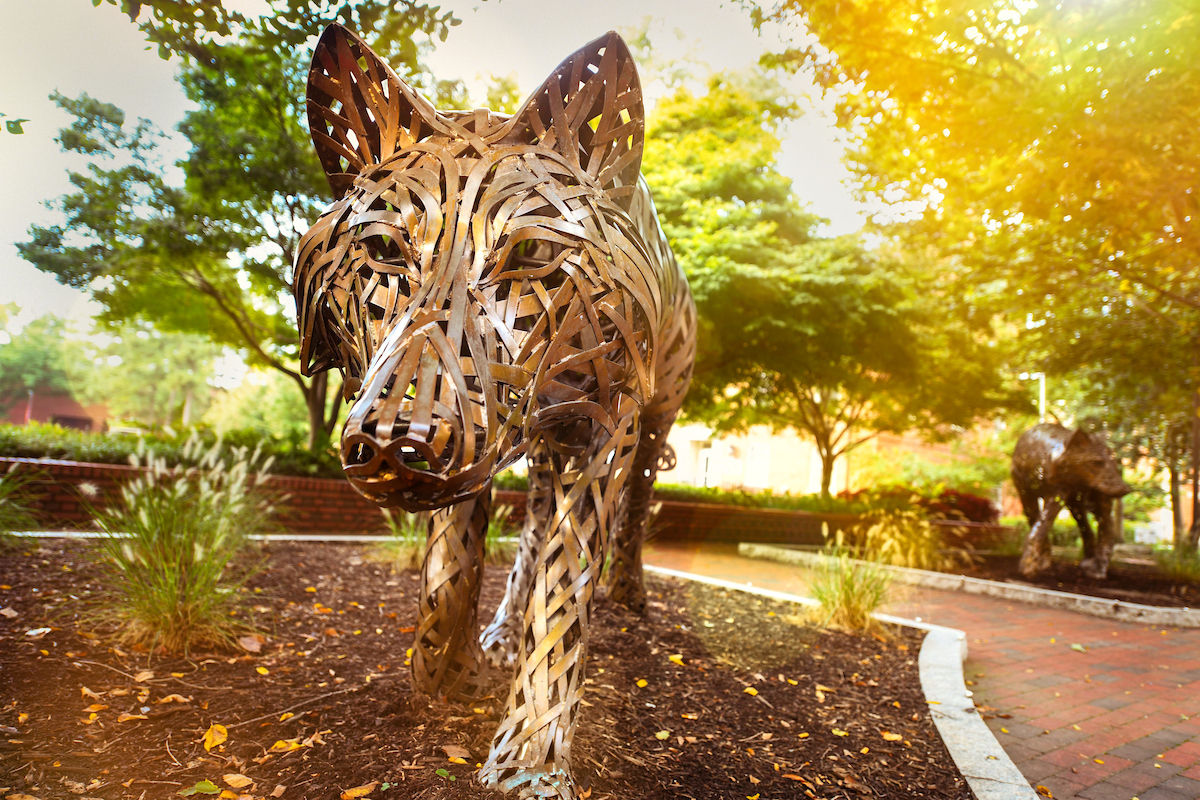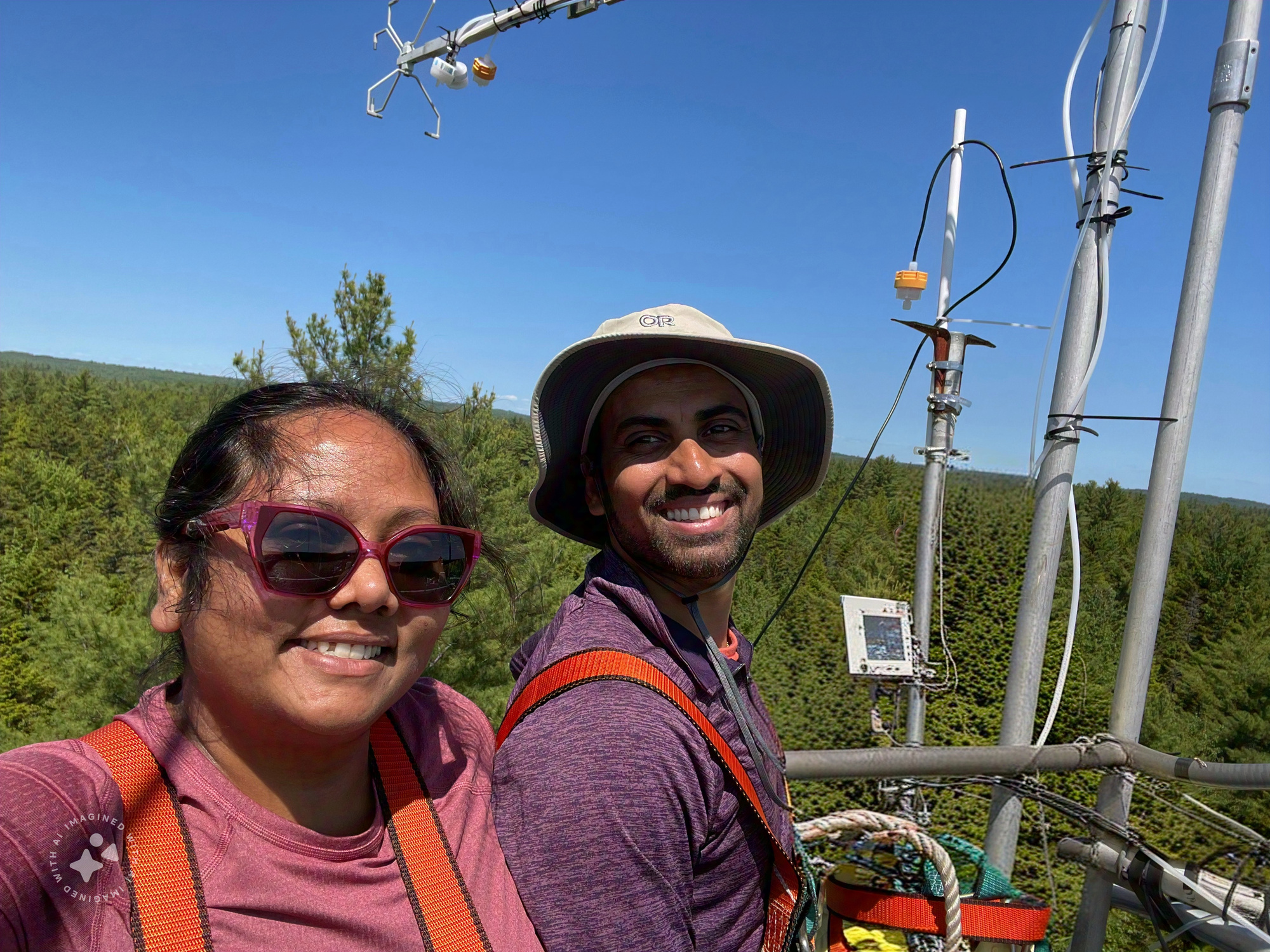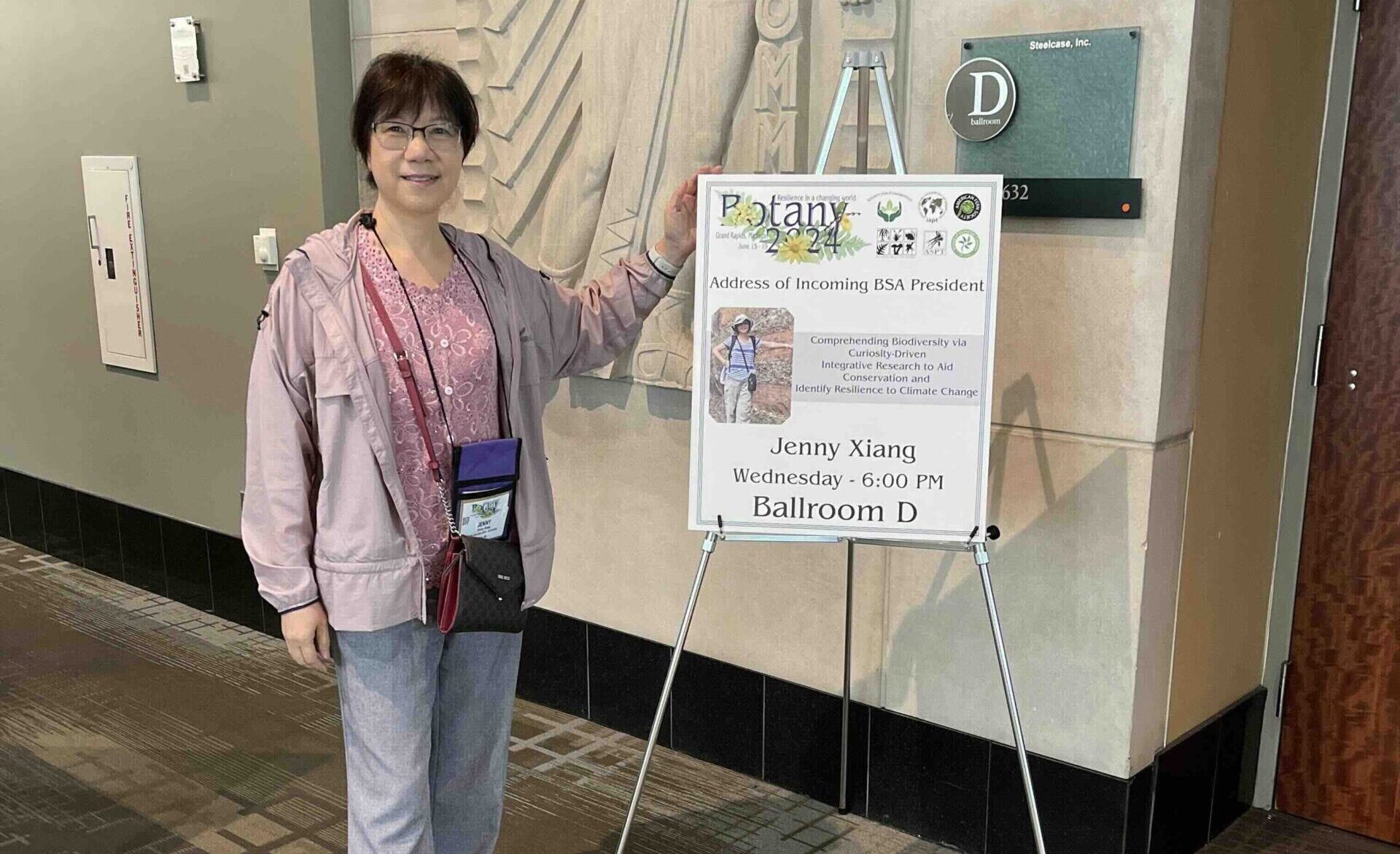How does your garden grow? A paper published today in the journal Nature gives scientists a deeper understanding of that very thing – the molecular mechanisms that cause plant tissues and organs to get larger and more complex after seeds germinate.
Ross Sozzani, an NC State University plant biologist, is part of an interdisciplinary and international team of scientists from seven countries on three continents who have been exploring cellular differentiation in plants. Their Nature article sheds light on a tightly choreographed interplay of proteins, hormones and microRNA at work as a plant grows.
Specifically, the team pinpointed two proteins, PEAR 1 and PEAR2, that integrate cues from the microRNA HD-ZIP III as well as the hormones auxin and cytokinin to cause what’s called radial growth – the growth that leads the plants’ radius to expand.
The findings build on previous research from Sozzani’s lab that led to the development of an imaging technique used to quantify the movement of protein at the cellular level. One of the Nature paper’s co-authors, Pawel Roszak, of the University of Cambridge, spent time at NC State learning about the technique and using it for the radial growth research.
“This Understanding Is Critical”
The research focused specifically on cells in the cambium – a layer of actively dividing cells – of the roots of Arabidopsis thaliana. Arabidopsis is a small, short-lived mustard plant that biologists often use for basic research. That research is vital for scientists working to improve crops grown for food, feed and fiber, Sozzani said.
“Through experiments and mathematical modeling, we were able to better understand the complex and robust system responsible for radial growth,” she added. “This understanding is critical if we want to enhance agronomic traits – like better absorbance of water and better nutrient remobilization between the shoot and the root.”
The paper reflects work carried out through a longstanding research partnership that led to a bilateral grant from the United Kingdom’s Biotechnology and Biological Research Council and the U.S. National Science Foundation. The grant was awarded to Sozzani, her fellow NC State plant biologist Terri Long, and Ykä Helariutta of the universities of Cambridge and Helsinki.
Helariutta is one of the Nature paper’s corresponding authors, along with Bert De Rybel, of VIB, a life sciences research institution in Belgium. Sozzani’s partnership with De Rybel began through meetings of scientists at VIB and NC State. The meetings were supported by the North Carolina Plant Sciences Initiative, an NC State effort aimed at bringing together interdisciplinary teams of researchers to address challenges in plant biology and agriculture.
Abstract: “Mobile PEAR transcription factors integrate positional cues to prime cambial growth”
Apical growth in plants initiates upon seed germination, whereas radial growth is primed only during early ontogenesis in procambium cells and activated later by the vascular cambium1. Although it is not known how radial growth is organized and regulated in plants, this system resembles the developmental competence observed in some animal systems, in which pre-existing patterns of developmental potential are established early on2,3. Here we show that in Arabidopsis the initiation of radial growth occurs around early protophloem-sieve-element cell files of the root procambial tissue. In this domain, cytokinin signalling promotes the expression of a pair of mobile transcription factors—PHLOEM EARLY DOF 1 (PEAR1) and PHLOEM EARLY DOF 2 (PEAR2)—and their four homologues (DOF6, TMO6, OBP2 and HCA2), which we collectively name PEAR proteins. The PEAR proteins form a short-range concentration gradient that peaks at protophloem sieve elements, and activates gene expression that promotes radial growth. The expression and function of PEAR proteins are antagonized by the HD-ZIP III proteins, well-known polarity transcription factors4—the expression of which is concentrated in the more-internal domain of radially non-dividing procambial cells by the function of auxin, and mobile miR165 and miR166 microRNAs. The PEAR proteins locally promote transcription of their inhibitory HD-ZIP III genes, and thereby establish a negative-feedback loop that forms a robust boundary that demarks the zone of cell division. Taken together, our data establish that during root procambial development there exists a network in which a module that links PEAR and HD-ZIP III transcription factors integrates spatial information of the hormonal domains and miRNA gradients to provide adjacent zones of dividing and more-quiescent cells, which forms a foundation for further radial growth.
Authors: Shunsuke Miyashima, Pawel Roszak, Iris Sevilem, Koichi Toyokura, Bernhard Blob, Jung-ok Heo, Nathan Mellor, Hanna Help-Rinta-Rahko, Sofia Otero, Wouter Smet, Mark Boekschoten, Guido Hooiveld, Kayo Hashimoto, Ondřej Smetana, Riccardo Siligato, Eva-Sophie Wallner, Ari Pekka Mähönen, Yuki Kondo, Charles W. Melnyk, Thomas Greb, Keiji Nakajima, Rosangela Sozzani, Anthony Bishopp, Bert De Rybel and Ykä Helariutta
Published: Jan. 9, 2019, Nature
This post was originally published in College of Agriculture and Life Sciences News.



